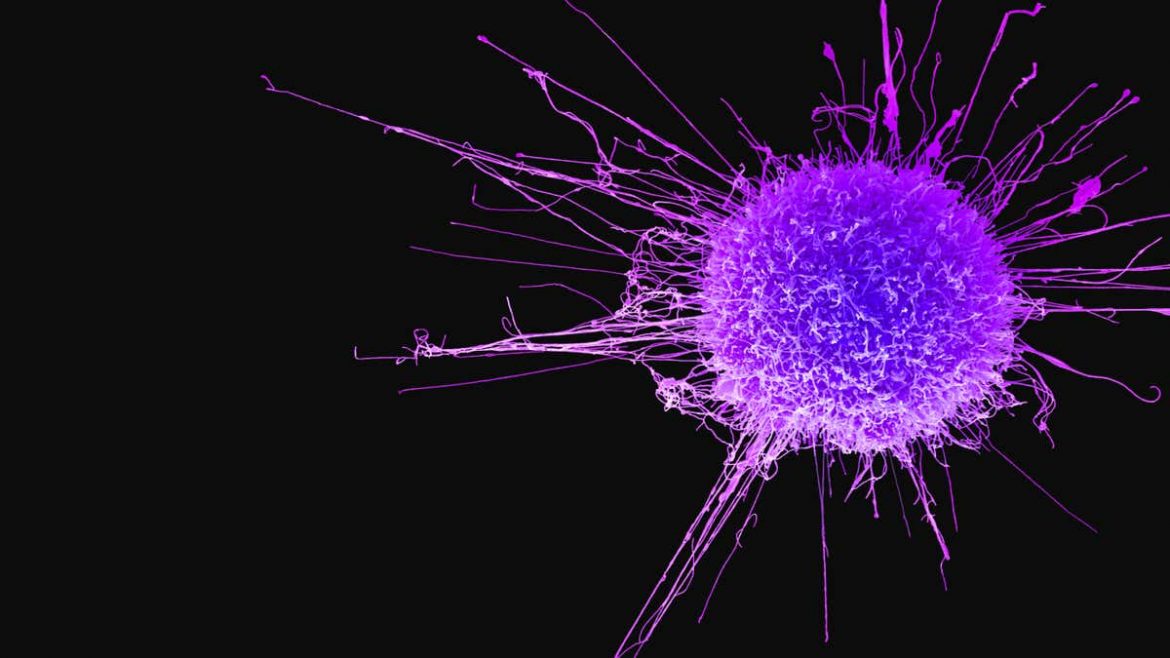Researchers discovered that by inhibiting the synthesis of an enzyme known as DHODH, they were able to arrest the growth of MYC gene-amplified medulloblastoma, the most aggressive form of this malignancy, in mouse models.
Researchers discovered that by inhibiting the synthesis of an enzyme known as DHODH, they were able to arrest the growth of MYC gene-amplified medulloblastoma, the most aggressive form of this malignancy, in mouse models. According to the study’s first author, William Gwynne, although inhibiting DHODH prevents cancer from spreading, healthy brain and nerve cells are not affected. This will prevent the side effects of conventional therapies, such as radiation and chemotherapy, which have been shown to harm children’s brain development even when their disease is properly treated.
“This prospective therapy method will allow us to destroy the weeds while saving the flower of the growing brain,” Gwynne, a postdoctoral researcher at the Centre for Discovery in Cancer Research, explained. “This DHODH therapeutic target holds great potential, but it will be several years before we can begin clinical trials. Unlike present treatments, this prospective new one will not be damaging to the growing brain.” On November 10, the work was published in the journal Cancer Cell.
According to Gwynne, all varieties of medulloblastoma arise from neural stem cells in the cerebellum, the portion of the brain that regulates voluntary motions including walking, balance, coordination, and speaking. The cerebellum fully develops after a kid is born. According to him, cancer begins when cell formation in the cerebellum fails, but researching the causes of this malfunction can lead to novel therapies. Gait and balance problems, nausea, headaches, and swelling of the head are all common medulloblastoma symptoms. When children are diagnosed with cancer, it has frequently spread throughout the brain and spinal fluid, especially if it is the MYC-amplified subtype.
According to Gwynne, the most frequent paediatric brain cancer identified in children is medulloblastoma, and brain tumours have lately surpassed leukaemia as the most deadly juvenile malignancy. “Over the last two decades, we have made significant treatment advances in surgery, chemotherapy and radiotherapy, so the five-year survival rate for medulloblastoma is now more than 70 per cent,” said Gwynne. “However, around 30% of children with cancer who do not react to presently available therapies have no further options.”





